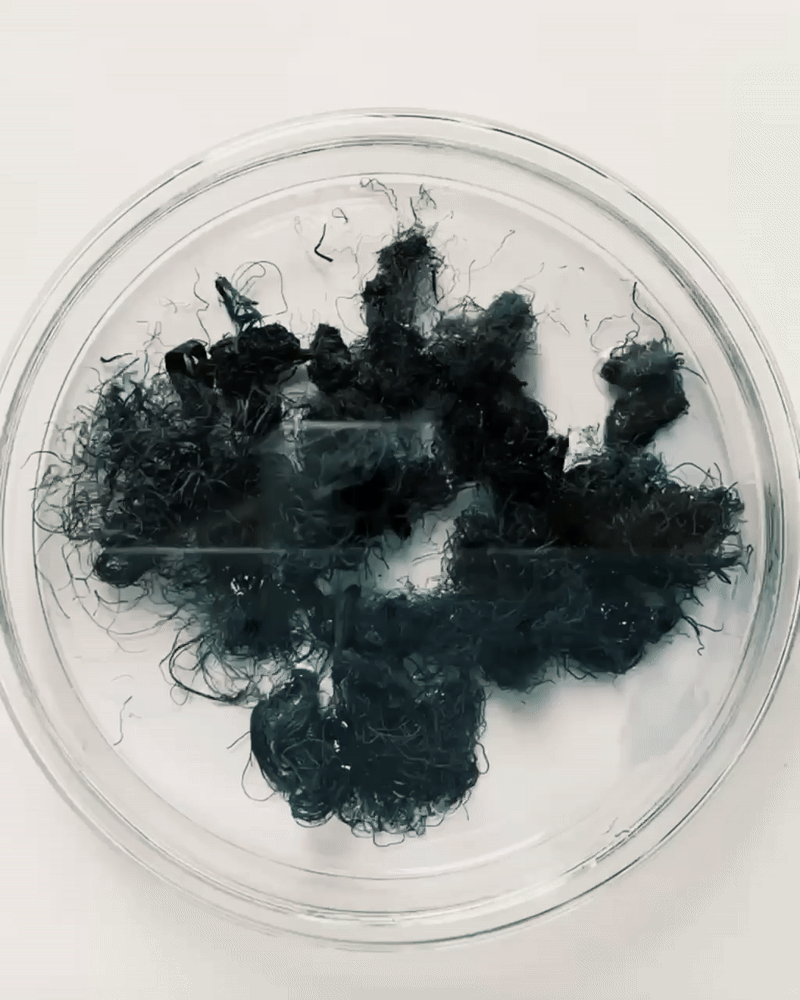
Imagine a material 200 times stronger than steel.
That's the power of graphene, the groundbreaking material that forms the foundation of our innovative yarns.
Our team of experts, with decades of combined experience in nanotechnology, materials science, and textile engineering, has harnessed the power of graphene to create a revolutionary stretch fibre. This groundbreaking material outperforms traditional stretch fibres in strength, lightness, breathability, and durability - all while being 100% sustainable. Designed for seamless integration into existing textile manufacturing processes, it offers a future-proof alternative that elevates both performance and environmental responsibility.
Nanoloom’s graphene yarns offer a wealth of benefits:
Durable: Built to last, our material resists wear and tear, extending the life of your clothing.
Moisture-Wicking: the material’s inherent hydrophobicity repels water, but the fibres are engineered to ensure moisture wicking capability
Exceptional Stretch & Recovery: Enjoy freedom of movement without sacrificing shape retention. Shape memory and recovery prevents stretch creep.
Cleaner Choice: Unlike traditional elastane (typically derived from polyurethane), our materials are developed to be non-toxic, biodegradable and recyclable, and we are constantly innovating to improve our environmental footprint.

We haven’t been on our own in making it this far. We’ve had extensive support from Innovate UK, the UK Government’s innovation funding arm. We’ve won some of the most competitive grants in the country, and other major global awards like the H&M Foundation Global Change Award.
We're eager to collaborate with brands and mills who share our vision for a better future. Explore the potential of Nanoloom and see how our innovative materials can elevate your clothing lines while minimising your environmental impact.




















